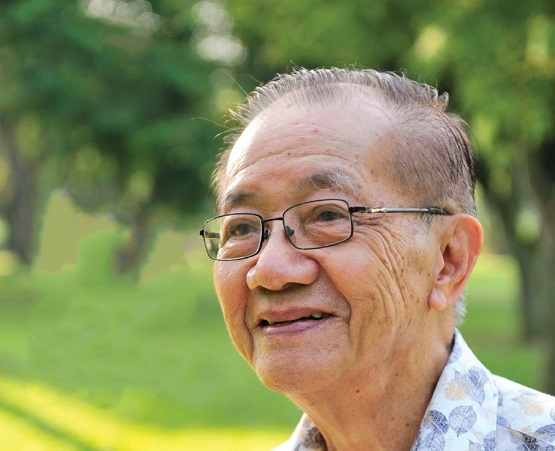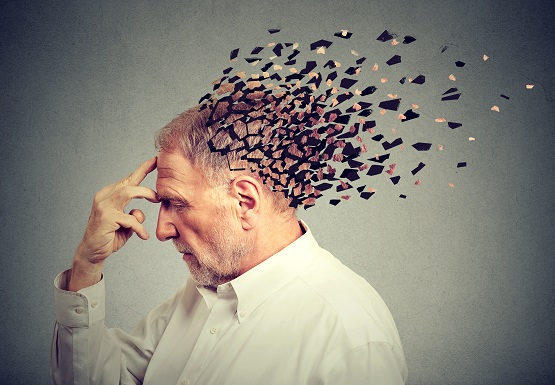Wrapping Your Head Around Parkinson’s Disease

A neurological condition that affects an estimated 17,000 patients in Singapore* and 6 million patients worldwide, Parkinson’s disease is currently incurable yet manageable. Dr Charles Siow, Consultant Neurologist, Siow Neurology Headache and Pain Centre, explains the symptoms, the risk factors and the treatment.
SYMPTOMS AND SIGNS
People with Parkinson’s disease experience problems with movement due to a deterioration in, or damage to, a part of the brain called the substantia nigra. This results in a lack of a chemical called dopamine, the neurotransmitter that coordinates movement.
Common symptoms of Parkinson’s disease are tremors, stiffness in the limbs and slowness in movement. Patients are prone to falls which may result in fractures. They can also experience difficulties in swallowing, which can lead to aspiration pneumonia when food, stomach acid or saliva is inhaled into the lungs.
Other common signs include an expressionless face, a softer voice, drooling and a progression to increasingly smaller and cramped handwriting.
“There is no simple test for Parkinson’s disease,” explained Dr Siow. “Diagnosis is based on detecting the presence of these symptoms. The disease is gradual, so its symptoms will worsen over time if left untreated.”
WHO IS AT RISK
Apart from head trauma, which explains why there is a higher incidence of Parkinson’s disease among people who play contact sports and military veterans the underlying causes of Parkinson’s disease are not yet fully understood. However, age and gender are two unalterable risk factors.
While most patients’ symptoms become apparent at the age of around 60 years or later, five to 10 percent of cases appear earlier. These cases are known as early onset Parkinson’s disease.
It appears that men are up to 50 percent likelier than women to develop Parkinson’s disease. Caucasians are most likely to develop it than other races, and 15 percent of diagnosed patients have a close relative with the disease.
TREATMENT AND MANAGEMENT
Parkinson’s disease is mostly treated by various types of oral medications under medical supervision.
Sometimes, symptoms can be treated with deep brain stimulation (DBS). In this reversible procedure, small electrodes are surgically inserted into the brain and connected to a stimulator device that is placed under the skin on the chest. It can help reduce tremors, slowness, stiffness and the associated problems with mobility.
NEW SOURCES OF HOPE
The newest treatment for Parkinson’s disease is called focused ultrasound. A relatively simple, painless and incision-free procedure, it uses focused ultrasound waves to destroy targeted brain cells that cause movement problems.
“For patients with tremors that do not seem to be responding to prescribed medication, this procedure is sometimes recommended,” shared Dr Siow. “It is usually a one-time procedure that produces an immediate improvement, though not a cure.”
The good news is, researchers around the world are relentlessly working on deepening their understanding of Parkinson’s disease, which is the second most common neurodegenerative disorder after Alzheimer’s disease. Some trials have suggested links between the disease and exposure to certain chemicals and metals.
As with all diseases, every leap of understanding brings medical science one step closer to a cure.
SOURCES
*Ministry of Health figures
https://www.singhealth.com.sg/patient-care/conditions-treatments/parkinson-disease-and-movement-disorders
https://www.mayoclinic.org/diseases-conditions/parkinsons-disease/symptoms-causes/syc-20376055
Article contributed by Dr Charles Siow, accredited doctor at Mount Alvernia Hospital.
This article is taken from our MyAlvernia Magazine Issue #38. Click here to read the issue on our website or on Magzter.



